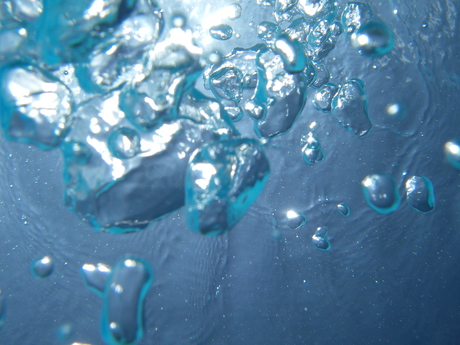Our thoughts on water revealed

The results of a nationwide survey to understand both consumers’ and industry’s views about water in Australia have been released by the Australian Water Association (AWA) and consulting firm Arup.
The 2015 Water Consumer Outlook report showed that 77% of respondents were concerned about water shortages in Australia, with concern being higher in rural and regional areas compared to urban centres.
“The report is based on a survey of consumers, both urban and rural, and shows there is always more the water industry can do to hear from and engage with customers,” said Jonathan McKeown, chief executive of the AWA.
While there was some concern about the approach being taken to ensure ongoing water security, the AWA said that an extremely positive finding is strong support for alternative water sources, with 90% of respondents agreeing that water recycling was a sustainable non-drinking source.
McKeown said that while the majority of consumers felt the price for water was about right or too low, they were united in thinking that the costs could be better explained.
Similar findings were discovered when surveying 1200 water industry professionals for the AWA’s State of the Water Sector Report, with over one third stating they believe urban water prices are too low.
Despite Western Australia having amongst the highest bills in the country, more than 50% of WA respondents considered the price of water was too low.
Questions about political and economic regulation were also asked, with 72% of respondents believing there was potential for more private sector involvement — although 53% thought this would lead to cost reductions while 58% believed it would increase prices.
“As the driest inhabited continent on Earth, we need to be strategic in our investment in water infrastructure and ensure price signals actually encourage efficient use of this resource,” said McKeown.
“And in order to do this, all consumers of water need to have an opinion; and industry and government need to engage the community in the water debate.”
Highlights of the 2015 Water Consumer Outlook report:
- Less than a third of respondents (31%) were confident there will be enough water in the future and only 34% thought the authorities were taking firm action on longer term water availability.
- The top three perceived impacts on water were drought, climate change and population growth.
- 38% of respondents considered the price of water about right. Over half of the respondents (54%) thought that changes in water prices were not explained enough.
- Almost one third of respondents (32%) were undecided about more private sector involvement in the water sector, while 36% were against or strongly against it and 23% supported or strongly supported it. The key factors when considering private sector involvement are quality, price, reliable service and environmental responsibility.
- There was strong support for alternative water sources, with 90% agreeing water recycling was a sustainable non-drinking source and 82% supporting stormwater re-use. Alternative water sources were widely accepted for drinking, led by desalinated water (82% agreeing or strongly agreeing), recycled water (69%) and stormwater (56%).
Copies of the reports can be found at www.awa.asn.au/reports15.
Advanced method to detect harbour sewage
Macquarie University researchers have investigated the level of sewage pollution in 18 global...
Aust company secures first European order for PFAS treatment
Under the $475K contract, works will involve the design, construction and commissioning of a...
South East Water takes home R&D Excellence Award
South East Water was recognised by the Victorian water industry at this year's Australian...









